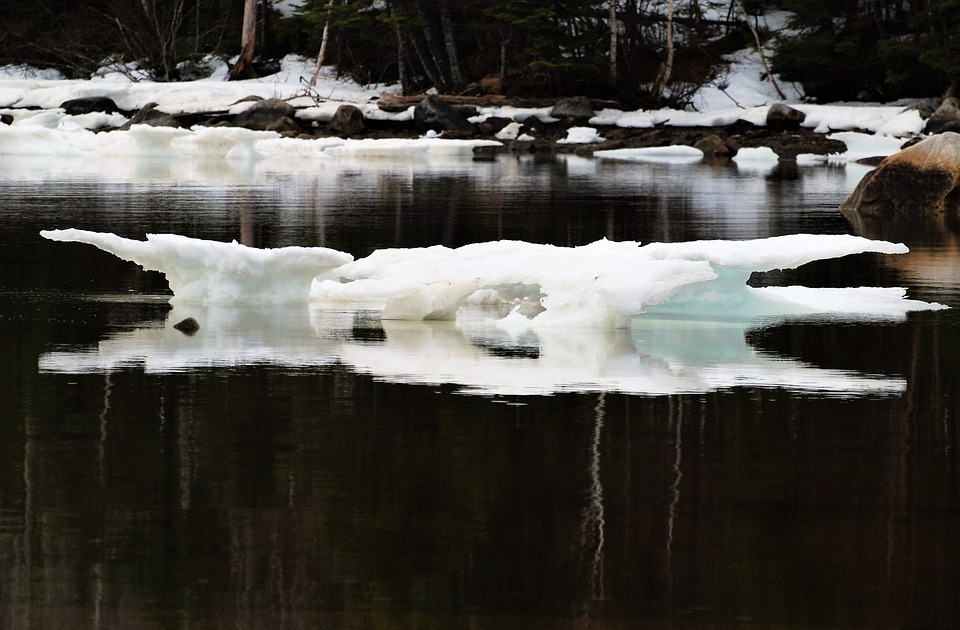What Is a Climatic Zone? Understanding Earth’s Climate Classification
Introduction
Earth’s climate is a complex interplay of various atmospheric conditions that result in distinct weather patterns across different regions. Classifying these diverse climates into climatic zones is essential for understanding the environmental conditions that influence ecosystems, agriculture, urban planning, and conservation efforts. Climatic zones help us predict weather patterns and assess the viability of certain crops, the suitability of habitats for wildlife, and the potential impacts of climate change on specific regions.
Defining a Climatic Zone
A climatic zone is defined as a region characterized by specific weather patterns and environmental conditions. These zones are typically classified based on:
– Temperature: Average temperatures throughout the year.
– Precipitation: Amount and seasonal distribution of rainfall.
– Seasonal Variations: Changes in weather patterns across different times of the year.
Understanding climatic zones is crucial for grasping regional climates and their implications for biodiversity, agriculture, and human activity.
The Major Climatic Zones of the World
The world can be divided into five primary climatic zones:
– Tropical Zone: Characterized by hot and humid conditions with high rainfall and minimal seasonal variation. This zone typically features lush rainforests.
– Dry Zone: Includes arid (deserts) and semi-arid regions with low precipitation levels. Vegetation here is often drought-resistant.
– Temperate Zone: Features moderate temperatures with distinct seasons, supporting mixed forests and diverse agricultural practices.
– Continental Zone: Exhibits greater temperature extremes, with hot summers and cold winters. This zone often has varying vegetation types due to its seasonal changes.
– Polar Zone: Extremely cold temperatures dominate this zone, which receives limited precipitation and experiences harsh winters. The vegetation is sparse, adapted to severe conditions.
Factors Determining Climatic Zones
Several factors influence the classification of climatic zones:
– Latitude: Proximity to the equator significantly affects temperature and seasonal variations. Regions near the equator experience warmer temperatures year-round.
– Altitude: Elevation can create different climates within the same latitude. Higher altitudes generally result in cooler temperatures.
– Geographic Features: Ocean currents, wind patterns, and physical features like mountains can modify local climates, creating microclimates within broader climatic zones.
Characteristics of Each Climatic Zone
Each climatic zone supports unique ecosystems:
– Tropical Zone: High temperatures and abundant rainfall foster rich biodiversity, including rainforests teeming with life.
– Dry Zone: Dominated by deserts and grasslands, this zone features vegetation adapted to conserve water, such as cacti and drought-resistant grasses.
– Temperate Zone: Known for its seasonal climates, this zone supports a variety of ecosystems ranging from deciduous forests to prairies.
– Continental Zone: Experiences significant seasonal changes, leading to diverse vegetation types that adapt to both hot summers and cold winters.
– Polar Zone: Characterized by extreme cold and ice-covered landscapes, this zone has limited flora and fauna adapted to survive harsh conditions.
Climate Zones and Ecosystems
Climatic zones play a vital role in supporting unique ecosystems and biodiversity. Each zone hosts specific plants and animals that have adapted to its climate. Changes in climatic zones due to factors like climate change can have profound effects on these ecosystems, potentially leading to shifts in species distribution or even extinction.
Human Impact and Climate Zones
Human activities significantly influence climatic zones through:
– Urbanization: Expanding cities can alter local climates through heat islands and increased pollution.
– Deforestation: Clearing forests for agriculture or development impacts local weather patterns and biodiversity.
– Climate Change: Global warming is causing shifts in climatic zones, affecting agriculture, water availability, and natural habitats. Regions may experience altered precipitation patterns or increased frequency of extreme weather events.
FAQs
– What is the purpose of classifying climatic zones?
Classifying climatic zones helps scientists understand regional climates, predict weather patterns, manage natural resources effectively, and plan for climate change impacts.
– How do scientists determine the boundaries of a climatic zone?
Boundaries are determined using data on temperature, precipitation patterns, vegetation types, and other environmental factors that define each zone’s characteristics.
– Can climatic zones shift over time?
Yes, climatic zones can shift due to natural processes or human-induced changes such as global warming or land use changes.
– What are some examples of countries in each climatic zone?
– Tropical Zone: Brazil (Amazon Rainforest)
– Dry Zone: Egypt (Sahara Desert)
– Temperate Zone: United States (Midwest)
– Continental Zone: Russia (Siberia)
– Polar Zone: Greenland (Arctic regions)
Conclusion
Climatic zones are fundamental to understanding both regional and global climates. They provide insights into environmental conditions that affect ecosystems and human activities. Recognizing these zones is essential for predicting future climate scenarios, managing natural resources sustainably, and implementing effective conservation strategies to mitigate climate change impacts.

Kyle Whyte is a notable scholar and professor at the University of Michigan, holding positions such as the George Willis Pack Professor in the School for Environment and Sustainability and Professor of Philosophy. Specializing in environmental justice, his work critically examines climate policy and Indigenous peoples’ ethics, emphasizing the nexus between cooperative scientific endeavors and Indigenous justice. As an enrolled Citizen Potawatomi Nation member, he brings a vital perspective to his roles as a U.S. Science Envoy and member of the White House Environmental Justice Advisory Council. His influential research is supported by various prestigious organizations including the National Science Foundation, and disseminated through publications in high-impact journals. Kyle actively contributes to global Indigenous research methodologies and education, with affiliations to numerous institutes and societies dedicated to traditional knowledge and sustainability. Recognized for his academic and community engagement, Kyle has earned multiple awards and served in various visiting professorships. His efforts extend to leadership positions on boards and committees focused on environmental justice nationwide.
